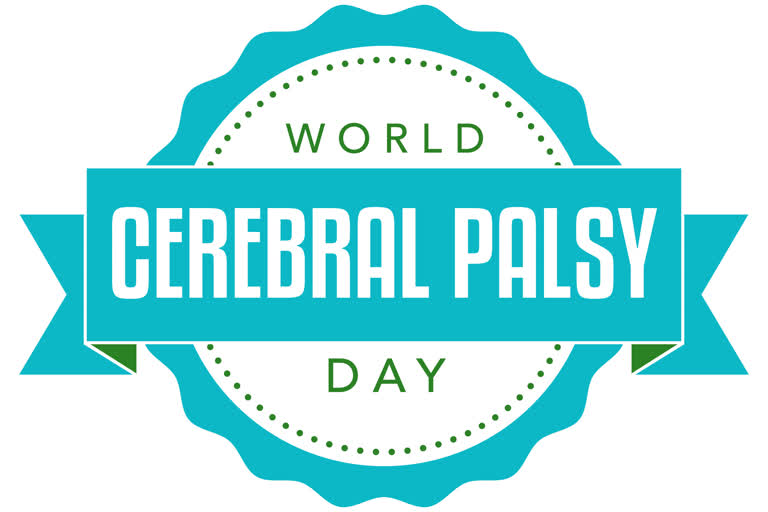Every year on 6th October, World Cerebral Palsy Day is observed in order to raise awareness about the disorder and draw the attention of the public towards those who are living with this complex physical condition. It is the most common condition amongst children and around 17 million people across the globe are living with it.
The Centers for Disease Control and Prevention (CDC) explains, “Cerebral palsy (CP) is a group of disorders that affect a person’s ability to move and maintain balance and posture. CP is the most common motor disability in childhood. Cerebral means having to do with the brain. Palsy means weakness or problems with using the muscles. CP is caused by abnormal brain development or damage to the developing brain that affects a person’s ability to control his or her muscles.”
CP is a lifelong disability and there is no curative treatment available for it yet. The official website of WCPD states that:
- 1 in 4 children with CP cannot talk
- 1 in 4 cannot walk
- 1 in 2 have an intellectual disability
- 1 in 4 have epilepsy
Types Of Cerebral Palsy
CDC defines the following main types of CP:
1. Spastic Cerebral Palsy
Spastic CP affects about 80% of people with CP. People with spastic CP have increased muscle tone. This means their muscles are stiff and, as a result, their movements can be awkward. Spastic CP usually is described by what parts of the body are affected:
- Spastic diplegia/diparesis
- Spastic hemiplegia/hemiparesis
- Spastic quadriplegia/quadriparesis
2. Dyskinetic Cerebral Palsy
People with dyskinetic CP have problems controlling the movement of their hands, arms, feet, and legs, making it difficult to sit and walk. The movements are uncontrollable and can be slow and writhing or rapid and jerky. Sometimes the face and tongue are affected and the person has a hard time sucking, swallowing, and talking.
3. Ataxic Cerebral Palsy
People with ataxic CP have problems with balance and coordination. They might be unsteady when they walk. They might have a hard time with quick movements or movements that need a lot of control, like writing. They might have a hard time controlling their hands or arms when they reach for something.
4. Mixed Cerebral Palsy
Some people have symptoms of more than one type of CP. The most common type of mixed CP is spastic-dyskinetic CP.
Signs And Symptoms
CDC also states some of the early signs that can be presented by a baby and the disability can be identified.
In a Baby Younger Than 6 Months of Age
- His head lags when you pick him up while he’s lying on his back
- He feels stiff
- He feels floppy
- When held cradled in your arms, he seems to overextend his back and neck, constantly acting as if he is pushing away from you
- When you pick him up, his legs get stiff and they cross or scissor
In a Baby Older Than 6 Months of Age
- She doesn’t roll over in either direction
- She cannot bring her hands together
- She has difficulty bringing her hands to her mouth
- She reaches out with only one hand while keeping the other fisted
In a Baby Older Than 10 Months of Age
- He crawls in a lopsided manner, pushing off with one hand and leg while dragging the opposite hand and leg
- He scoots around on his buttocks or hops on his knees but does not crawl on all fours
How Can It Be Prevented?
The National Health Portal (NHP) of India states some of the ways in which the risk of CP can be reduced in children.
- Avoiding exposure to infections or viruses known to impact fetal health, such as Rubella or Zika during pregnancy
- Getting vaccination such as rubella before trying to get pregnant
- Controlling underlying health issues, such as blood pressure, diabetes, etc.
- Avoiding alcohol, cigarettes, and prescription drugs which are harmful to the fetus during pregnancy
- Identifying any potential Rh incompatibility between mother and child
- Proper medical care during delivery
- Reducing the risk of a head injury after birth
Therefore, since a proper cure is not available, efforts can be made to make the lives of the children diagnosed with CP as soon as the disability is identified. People must also understand that although people with this condition may look or behave in a quite different manner, however, they are one of us and they should not be treated any differently than others. Apart from this, their rights should be acknowledged and respected.



